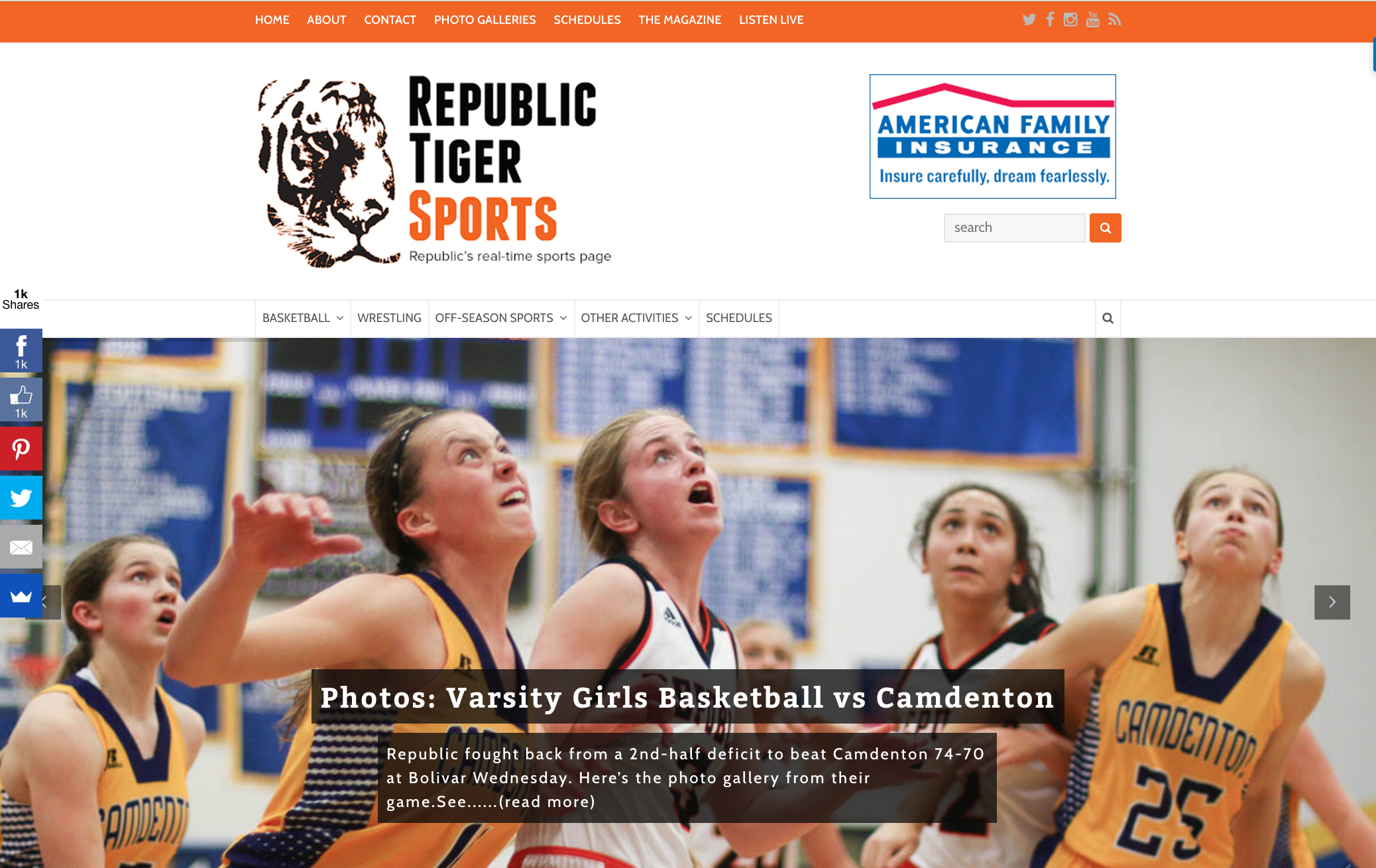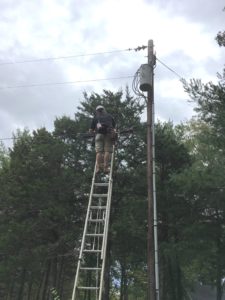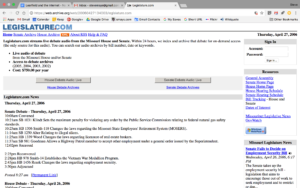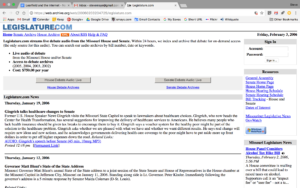The most interesting idea associated with blockchain have nothing to do with money. It’s ideas like this that really grab me. I fiddled with Klout when it first came out but quickly decided I didn’t care much about my ‘influence’ score. But it would be cool to have a high Rep score.
Here’s how it works: After one group of people joins a prediction market and bets on an outcome, Augur pays others to identify that outcome—to verify what happened. But it doesn’t just pay them a flat fee. On its blockchain, Augur houses its own cryptocurrency, a digital token that encourages people to get things right. “If you’re not telling the truth, you stand to lose a bunch of money,” Krug says.
Augur calls its digital token the Rep. This cryptocurrency doesn’t let you buy and sell stuff. It tracks your reputation—that is, how often you tell the truth. People bet their Rep tokens that they are indeed telling the truth—reporting the facts as they actually are. If most others agree, the system returns their tokens and pays them in cash.

 During the early days of what we then called the “World Wide Web,” there was a mood of “digital entrepreneurism.” Anybody with a minimum of technical skills could create a website. Later, when blogs became a thing, it got even easier. You could start your own newspaper or magazine or — when the bandwidth got better and the tools easier — audio and video. Anyone could create their own “content” and do so for fun or profit. That was the dream and a few made it a reality.
During the early days of what we then called the “World Wide Web,” there was a mood of “digital entrepreneurism.” Anybody with a minimum of technical skills could create a website. Later, when blogs became a thing, it got even easier. You could start your own newspaper or magazine or — when the bandwidth got better and the tools easier — audio and video. Anyone could create their own “content” and do so for fun or profit. That was the dream and a few made it a reality.
 Been having problems with my DSL service (losing connection, slow speed) and the phone company sent a tech this morning. (Second time someone has been out in the last week or so) He could see there was a problem with the line, somewhere upstream, and — to save time — called the tech who came out previously since it was recent enough he might remember the call. He did and provide useful info.
Been having problems with my DSL service (losing connection, slow speed) and the phone company sent a tech this morning. (Second time someone has been out in the last week or so) He could see there was a problem with the line, somewhere upstream, and — to save time — called the tech who came out previously since it was recent enough he might remember the call. He did and provide useful info.
